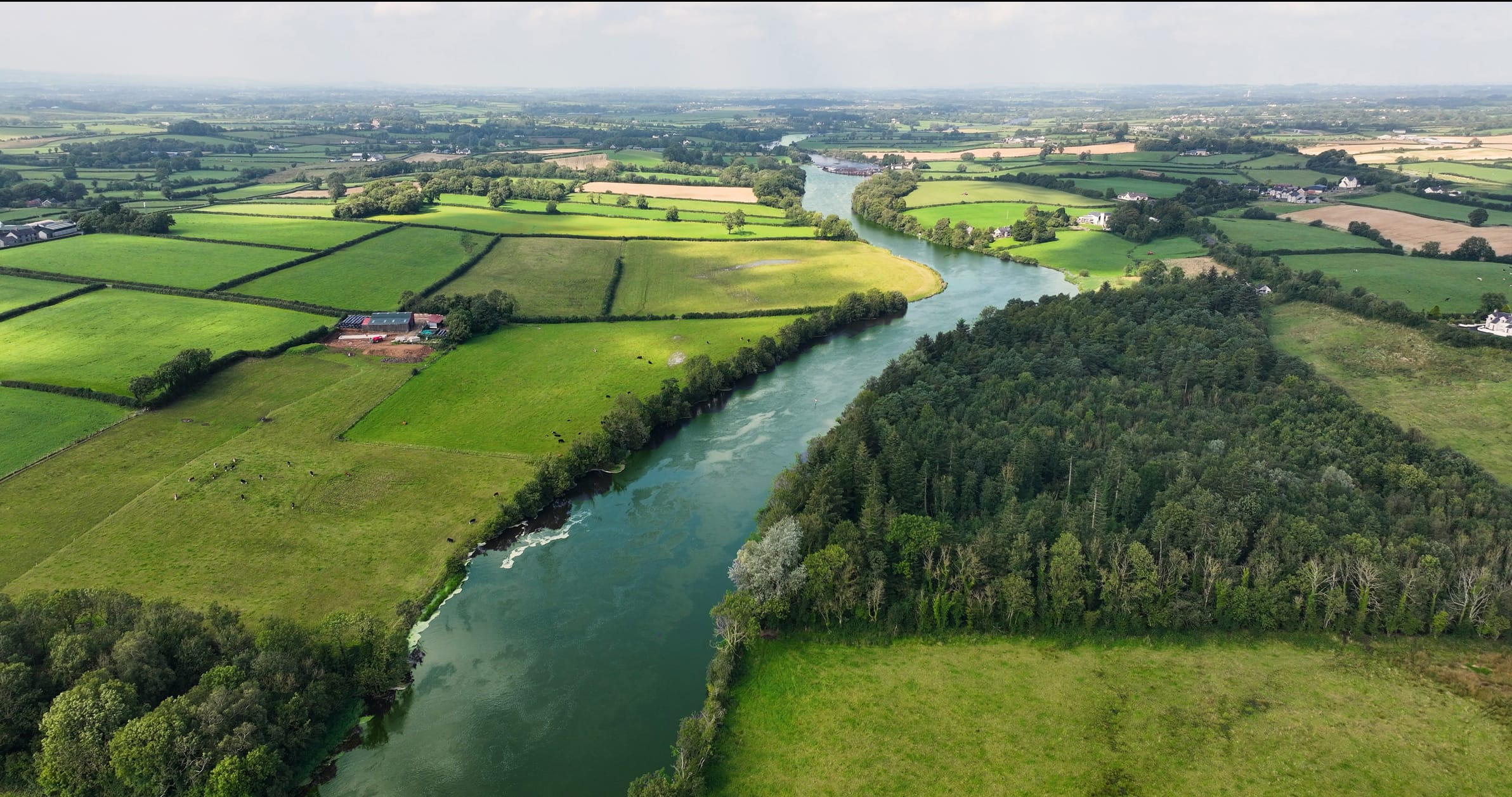
In a major step forward for environmental innovation, an artificial intelligence-powered water monitoring system has been named the global Sustainability winner of the 2025 James Dyson Award. The invention, called WaterSense, was developed by Filip Budny, a PhD candidate from the Warsaw University of Technology in Poland. His creation offers a new way to continuously monitor and predict water pollution using self-sustaining technology and advanced AI forecasting.
The Challenge of Monitoring Water Pollution
Water pollution is one of the most persistent and complex environmental problems in the world today. In Europe alone, over 60 percent of rivers and lakes are classified as critically polluted. Traditional monitoring systems rely on manual sampling and periodic laboratory tests, which often happen only once a month. This approach leaves huge gaps in data and allows serious pollution events, caused by industrial discharge, agricultural runoff, or sewage leaks, to go unnoticed for days or even weeks.
By the time contamination is detected, significant ecological and public health damage may already have occurred. Existing systems also tend to monitor only a limited number of chemical indicators, leaving out important pollutants such as heavy metals, microplastics, and complex organic compounds. Clearly, a new approach to real-time, comprehensive monitoring is needed.
A Smarter Way to Protect Our Waterways
WaterSense provides a fresh solution to this global problem by combining autonomy, precision, and artificial intelligence. The core of the system, known as the WaterStation, is a floating unit that powers itself through a small built-in hydrogenerator that uses the river’s natural current. This means it does not require an external power source and can be deployed in remote locations for long periods of time.
The WaterStation continuously measures more than 20 key water-quality parameters, including pH, oxygen levels, nitrates, chlorides, and conductivity. Unlike conventional devices, it takes samples at multiple depths rather than just at the surface. This allows the system to detect pollutants that may be hidden below, where traditional tests might miss them.
Another impressive feature is the station’s automatic sensor replacement mechanism. Each unit contains a roll of recyclable, paper-based sensors that advance daily, similar to how film moves through a camera. This ensures the system consistently delivers laboratory-quality results without the need for constant human maintenance.
Harnessing AI to Predict Pollution
The real innovation of WaterSense lies in its use of artificial intelligence. The data collected by each station is transmitted via mobile networks to an online platform, where it is analysed by an AI model called WaterForecast. This system studies historical data and current readings to detect early signs of pollution and can predict potential contamination events up to 72 hours in advance.
This predictive capability transforms how communities and authorities can respond to water crises. Instead of reacting after a spill or contamination occurs, they can take proactive measures to prevent environmental and health disasters before they happen.
Why It Matters
The potential impact of this invention is enormous. Real-time, AI-driven data gives scientists and policymakers deeper insights into water systems, helping them make more informed decisions. For local authorities, it means faster warnings and more effective emergency responses. For communities, it offers transparency – public access to water-quality information builds trust and accountability.
In addition, the use of recyclable materials and self-sustaining energy makes WaterSense a more affordable and sustainable option for long-term monitoring. It could be especially valuable for countries and regions that lack the resources to maintain extensive manual testing programs.
Looking Ahead
WaterSense is already moving beyond the prototype stage. More than 20 units are currently being tested across Poland in collaboration with water utilities and government agencies. Plans are in place to expand the program to 50 sites across the country in 2025, with deployments in other European nations and the United States expected within the next few years.
By winning the James Dyson Award, Filip Budny and his team have gained international recognition and funding to accelerate development and scale production. Their work demonstrates how innovative design, AI technology, and sustainability can come together to address one of humanity’s most pressing environmental challenges.
A New Era for Water Stewardship
WaterSense represents more than just a technological breakthrough—it symbolises a shift in how we think about environmental protection. With real-time data and AI insights, we can finally move from reacting to pollution to preventing it. As climate change and industrial growth put increasing pressure on our waterways, solutions like WaterSense show that human ingenuity and responsible design can help secure clean water for generations to come.
Find out more about how Active Digital can support your business with Active AI


